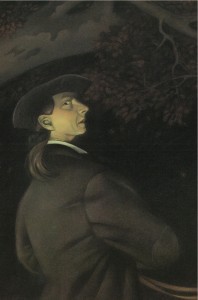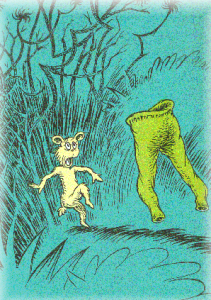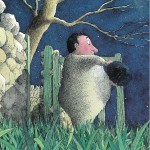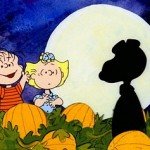“It is a truth universally acknowledged, that a single man in possession of a good fortune must be in want of a wife.”
It is also universally acknowledged that a single man, in want of a wife, may run afoul of a headless horseman, if he’s not careful.
Such is the fate of Ichabod Crane, gangly bachelor and school teacher, lover of ripe repasts and an even riper Dutch damsel. A victim not only of his own appetites and superstitions, but quite possibly the terrifying prank of his rival.
The Legend of Sleepy Hollow is an old American ghost story, based on a German fairy tale. It is familiar to many, but unread by most, due in part to the proliferation of knockoffs, cartoons and most recently, a pale cinematic adaptation by Tim Burton, starring Johnny Depp. This is a shame. In re-reading Sleepy Hollow, I was mightily impressed by the languid elegance and humour of Irving’s writing. Yes, a headless horseman, in any context, will steal the show, but equally compelling are the lush descriptions of the Hudson River Valley in Autumn, and in particular the sequestered glen known as Sleepy Hollow:
“If ever I should wish for a retreat, whither I might steal from the world and its distractions, and dream quietly away the remnant of a troubled life, I know of none more promising than this little valley.”
You see, not every ghost story is takes place in a haunted house.










